Finding wild food is one activity. What to do with it after you find it is another. It’s the “M” in my system of foraging: I.T.E.M: Method of Preparation. The others are Identification, Time of Year and Environment. Preparing what you’ve foraged is important. It separates foragers from herbalists, a good meal from a bad one, a memorable experience to one you would like to forget. And one special area of “preparation” is making drinks out things you forage.
Emily Han, an apartment dweller in Los Angeles, has released just such a book: Wild Drinks and Cocktails: Handcrafted Squashes, Shrubs, Switchels, Tonics and Infusions to Mix At Home. Shrubs and Switchels? Yes, and Oxymel, too. Let’s review those:
An oxymel is vinegar with a sweetener, such as honey. Switchels are closely related but came out of the Caribbean often employing ginger, perhaps rum or molasses (one of my grandmother’s preferred sources of sweetness.) Shrubs, from an Arabic word for syrup, are not sweet but on the tangy side, tart and sour. Think a whisky sour before the whiskey is added. Squashes are not renegade pumpkins but rather related to shrubs. Often a fruit is literally squashed and then mixed with still or sparkling water. Many were non-alcoholic refreshments though some of them became the original cocktail mixers, and all homemade.
If you are an herbalist making infusions, syrups and the like is common procedure. And home-based beer and wine making has a strong following. Han’s book bridges the gap in between, flavorful homemade drinks that can touch the medicinal on one side and the tippling on the other. These are from scratch homemade drinks to refresh, rejuvenate, and entertain.
There are, of course, dozens of recipes from Pine Syrup (I always wanted to know what to do with all my extra Pine stuff) to Elderberry Rob to Hazelnut Orgeat. Douglas Fir Liqueur looked interesting as did Fig and Vanilla Rum and the Cherry Balsamic Shrub. And do know there is an herbal tea section as well as a wine and punch chapter. I’ve had May Wine though the Apple and Sage looked interesting as well. For those who like kefir there are many ways to make that basic beverage tasty.
Han’s book comes with foraging and sustainable advice but is not without some controversy. Included are two recipes using “pink peppercorns.” The fruit of Schinus terebinthifolius (what we call Brazilian Pepper locally) has a mixed history of consumption. I know people who use it regularly and others who got quite ill using the fruit just once. Han does include a warning on that page.
I know which drink I am going to make first. We have a lot of Oxalis locally so the Wood Sorrel Lemonade is on the top of my list and I’m sure there will be more. Published by Quarto Publishing Group, the glossy paperback sells for around $23 US. 192 pages: ISBN 978-1-59233-707-1
Just because you can do something doesn’t mean you should. Can you make a bayberry candle? Absolutely. Should you? If you have to, yes. If not you might want to reconsider. Southern Wax Myrtle berries are small. They have a little wax on them and why the species name is cerifera — wax producing. But it takes many gallons and a lot of hot work to get enough bayberry wax to mix with tallow (75/25) to make the famous smokeless candle that keeps away insects. No doubt hundreds of years ago it was worth it. Not so much today. But, you can use the dried berries as a spice and the leaves like bay leaves or to make a tea. To read more about the Southern Wax Myrtle go here.
Tuesday the C.R.A.B.S.* took to the trails and rode 30-plus miles through South Seminole County and eastern Orange County. One of the nice things about riding a recumbent trike is you are down where the plants are and your viewing angle forward (as mentioned on my facebook page The Green Deane Machine.) While pedaling along I spied my first Wild Radish of the season just west of Ovideo on State Road 426. Wild Radish and Wild Mustards look very similar and are used the same way. There are many ways to tell them apart but on a glance one identifier of the radish is that it grows in a serpentine manner whereas mustards tend to grow straight up. I usually start to find tasty Wild Radishes and Wild Mustards in December so perhaps the season is a little early this year. To read more about Wild Radish, go here. Wild Mustards click here. *Crusty Retired all recumBent Society.
Upcoming Foraging Classes:
Sunday, Nov. 15, Mead Garden,1500 S. Denning Dr., Winter Park, FL 32789, 9 a.m.
Sunday, Nov. 22nd, Red Bug Slough Preserve, 5200 Beneva Road, Sarasota, FL, 34233, 9 a.m
Sunday, Nov. 29th, Florida State College, south campus, 11901 Beach Blvd., Jacksonville, 32246, 9 a.m.
Sunday, Dec. 13, Mead Garden,1500 S. Denning Dr., Winter Park, FL 32789, 9 a.m.
Sunday, Dec. 20th, Dreher Park, 1200 Southern Blvd., West Palm Beach, 33405, 9 a.m.
Sunday, January 17th, 2016, Sunday, Nov. 15, Mead Garden,1500 S. Denning Dr., Winter Park, FL 32789, 9 a.m.
To learn more about the classes go here.
Want to identify a plant? Perhaps you’re looking for a foraging reference? You might have a UFO, an Unidentified Flowering Object, you want identified. On the Green Deane Forum we — including Green Deane and others from around the world — chat about foraging all year. And it’s not just about warm-weather plants or just North American flora. Many nations share common weeds so there’s a lot to talk about, such as the one to the left. There’s also more than weeds. The reference section has information for foraging around the world. There are also articles on food preservation, and forgotten skills from making bows to fermenting food. Recent topics include: California Wild Mushroom Parties, A Good Reason To Eat Wild Garlic, Black Walnuts and Amaranth, Sea Salt and Plastic, Wild Mustard? Heavy Metals. Oriental Persimmons. What is it? Pine Cough Drops and Needles, Skullcap, Malodorous Plant? Another NJ Tree, Maypop? Roadside Plant, Unknown in Sudan, Please Help Identify, and Preserving Prickly Pear Bounty. You can join the forum by clicking on the button on the upper right hand side of this page.
 All of Green Deane’s videos are available for free on You Tube. They do have ads on them so every time you watch a Green Deane video I get a quarter of one cent. Four views, one cent. Not exactly a large money-maker but it helps pays for the newsletter. If you want to see the videos without ads and some in slightly better quality you can order the DVD set. It is nine DVDs with 15 videos on each. Many people want their own copy of the videos or they have a slow service and its easier to order then to watch them on-line. They make a good Christmas or birthday gift. Individual videos can also be ordered. You can order them by clicking on the button on the top right of this page or you can go here.
All of Green Deane’s videos are available for free on You Tube. They do have ads on them so every time you watch a Green Deane video I get a quarter of one cent. Four views, one cent. Not exactly a large money-maker but it helps pays for the newsletter. If you want to see the videos without ads and some in slightly better quality you can order the DVD set. It is nine DVDs with 15 videos on each. Many people want their own copy of the videos or they have a slow service and its easier to order then to watch them on-line. They make a good Christmas or birthday gift. Individual videos can also be ordered. You can order them by clicking on the button on the top right of this page or you can go here.
This is weekly newsletter 182.
To donate to the Green Deane Newsletter click here.

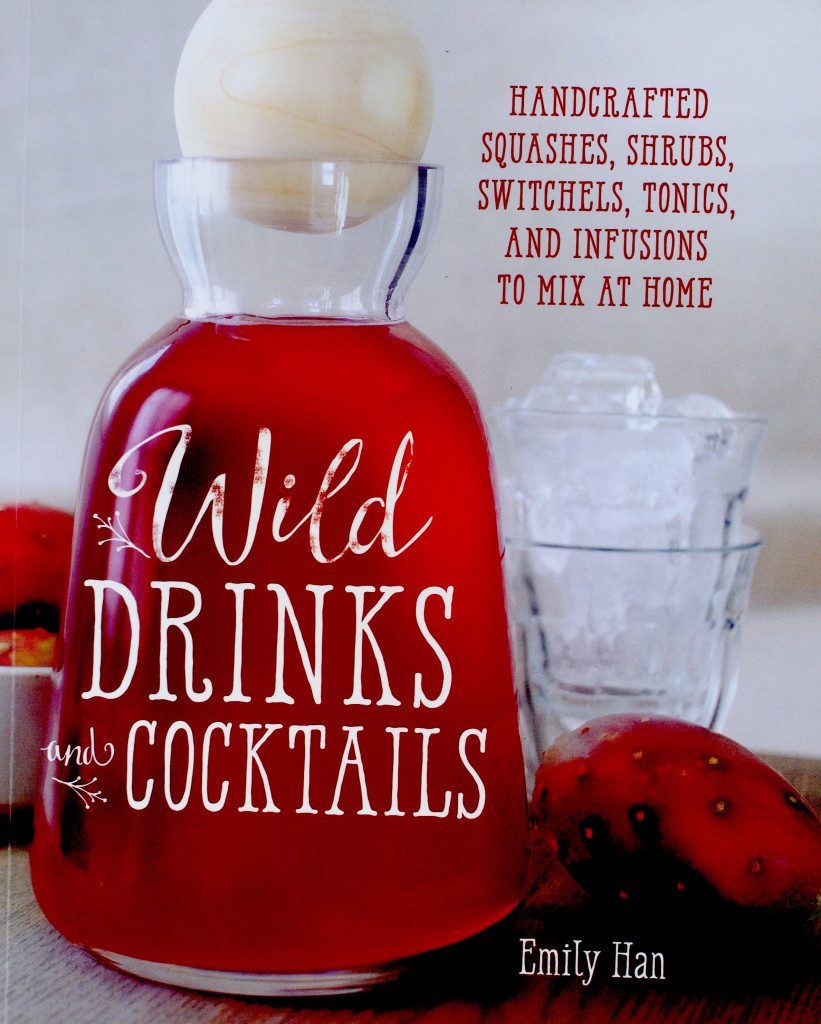
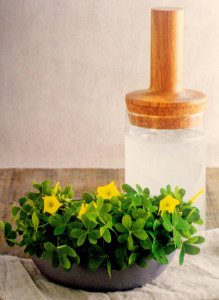
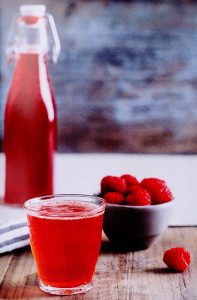
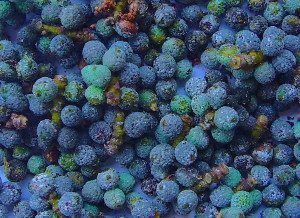
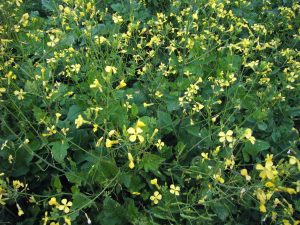
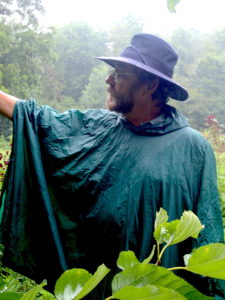
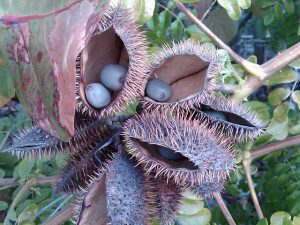

Thanks to Emily Han for “ Wild Drinks and Coctails “ and thank you for the useful informative review. According to our local speech, the products obtained from soaking our following fruits or seeds of: “Goddaim, vernacular for G.tenax”, “Kurkadi, vernacular for Hibiscus sabderiffa”, “Aradaib, vernacular for Tamarindus”, “Gongolaize, vernacular for Boabab tree” and others in enough water and left for suitable periods of time, are called “Shurab” , “Mushroob” or “Shurbat”. “Shurboat” is designated to a special product from palm dates treated skilfully with some spices to be drunk in the big byrum days when people enjoy eating much lamb meat. All the above drinks taste well and, except for the last, sugar may be added if needed. More over all satisfy dietary and medicinal purposes.
As I actually tasted it (namejy the root ), I suppose I should say a word about it. It tastes like radish with a tinge of ginger and is rather sweet. The plant is thus sometimes called “Horse radish tree” ; but it is famous for Moringa. What is important is the warning referred to in: http://www.ilovemoringa.com/FAQ that , on eating much of the root – or the leaves – a certain toxin known in the plant may paralyze the nervous system and lead to death.
Thank you for your wonderful review. Enjoy your oxalis lemonade!
Farouk – Your comments are always enjoyable and full of information which adds to that which Green Deane provides.
Thank you!
I, too, always share the same good feeling towards yours, R. M. McWilliams whether those on “Eattheweeds” or elsewhere. I think we are all together under the same umbrella guided by Green whose continuous success originates from a well talented and powerful educational character coupled with love of nature. Thank you all.